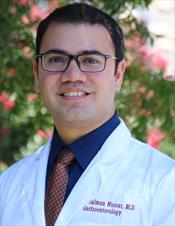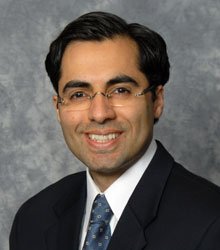MedicalResearch.com Interview with:
Barbara Gomes BSc MSc PhD
Research Fellow
King's College London, Cicely Saunders Institute
Dept Palliative Care, Policy & Rehabilitation
London UK
Medical Research: What is the background for this study?
Dr. Gomes: We knew from our previous research that most patients with advanced cancer would prefer to die at home, but many do not achieve this. In many countries, an undesired hospital death is still the most common. We wondered whether this was because the quality of death was better in hospital than at home, so we examined the existing evidence and found out that the studies contradicted each other; some suggested that dying in hospital was better than at home and some found it was worse. Therefore, we decided to examine three things:
- Whether people who died at home experienced more or less pain and peace than those who died in hospital;
- whether the family carers of people who died at home experienced more or less grief;
- The factors needed to enable death at home.
We wanted to find ways to improve care for patients and families facing serious life limiting illness, to more closely meet their preferences and needs and to empower them.
Medical Research: What are the main findings?
Dr. Gomes: We found that patients who died at home experienced more peace in their last week of life than those who died in hospital. There was no difference in pain levels. And grief was less intense for relatives of patients who died at home, both around the time of death and at questionnaire completion (which was about 4-10 months after the patient died).
We also developed a model that explained well why some patients die at home whilst others die in hospital. Four factors are almost essential; they were present in more than 91% of home deaths:
- Home death preference by the patient;
- Home death preference by their relative;
- Receipt of home palliative care in the last three months of life;
- Receipt of district/community nursing in the last three months of life.
In addition, patients who died in hospital were less likely to have had Marie Curie nursing (these nurses care for people at home in the last few months or weeks of their lives, with the core service being one-to-one overnight nursing); only seven patients who received care from these nurses died in hospital.
Importantly, patients who discuss preferences, have home visits from their GP and whose relatives take more days off work also had greater odds of dying at home.
The study shows these elements of support need to be in place in order to meet patient preference and ensure the best possible outcomes.
(more…)












